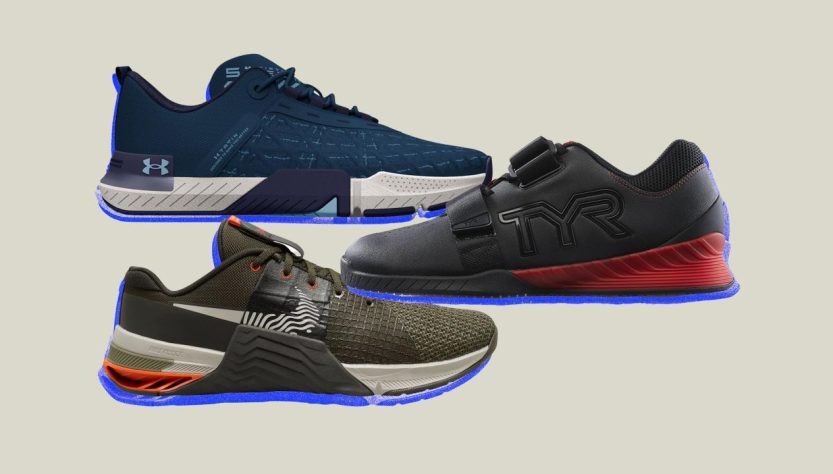Athletic shoes aren’t one-size-fits-all; they are designed with specific activities in mind, each catering to unique movement patterns, support needs, and surface interactions. Knowing the various types of athletic shoes available can significantly impact your performance, comfort, and overall experience during different physical activities.
Running Shoes
Designed for forward motion, running shoes prioritize cushioning, flexibility, and support. They come in various categories, including neutral, stability, and motion control, catering to different foot types and gait patterns. Neutral shoes suit those with a standard gait, while stability and motion control shoes offer additional support for overpronation or flat feet.
Training/Cross-Training Shoes
Cross-training shoes are versatile, catering to a range of activities like gym workouts, aerobics, and weightlifting. They offer stability for lateral movements, support for various exercises, and a balance between cushioning and flexibility.
Basketball Shoes
Basketball shoes prioritize ankle support, traction, and cushioning to withstand abrupt movements, sudden stops, and jumps. They often have a high-top design to support the ankle during lateral movements and provide ample cushioning to absorb impact.
Tennis Shoes
Tennis shoes are designed for quick lateral movements and feature durable outsoles for traction on hard surfaces. They offer stability for side-to-side movements, toe protection for sudden stops, and often have reinforced areas to endure frequent toe drag.
Walking Shoes
Walking shoes focus on comfort, cushioning, and support for a smooth heel-to-toe transition. They prioritize flexibility and durability, providing comfort during extended periods of walking.
Trail Running/Hiking Shoes
Trail shoes and hiking shoes prioritize traction, durability, and protection. They feature aggressive outsoles with deeper treads for grip on uneven terrain, reinforced toe caps, and additional ankle support in some models.
Soccer/Football Cleats
These shoes have studs or cleats on the outsole for traction on grass fields. They offer support for sudden direction changes, lightweight designs, and variations in stud configuration based on playing surfaces.
Choosing the Right Pair
When selecting athletic shoes, consider the specific demands of your activity. Assess factors like foot type, surface, movement patterns, and any specialized needs you might have. Getting professionally fitted or seeking advice based on your individual requirements can help you make an informed decision.
Conclusion
Understanding the diverse range of athletic shoes available and their suitability for various activities is crucial in optimizing performance, preventing injuries, and ensuring comfort. Each type of shoe is crafted to address specific demands, so selecting the right pair tailored to your activity can enhance your experience and enjoyment while engaging in physical pursuits.
